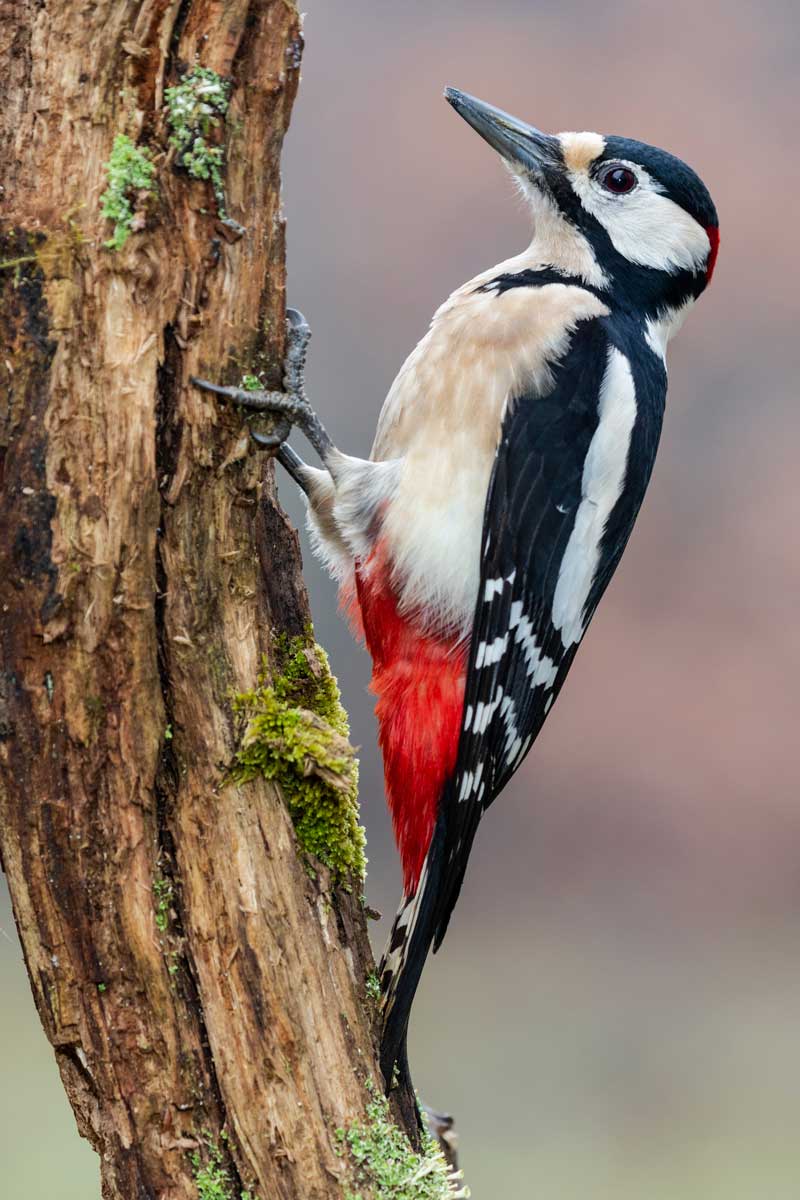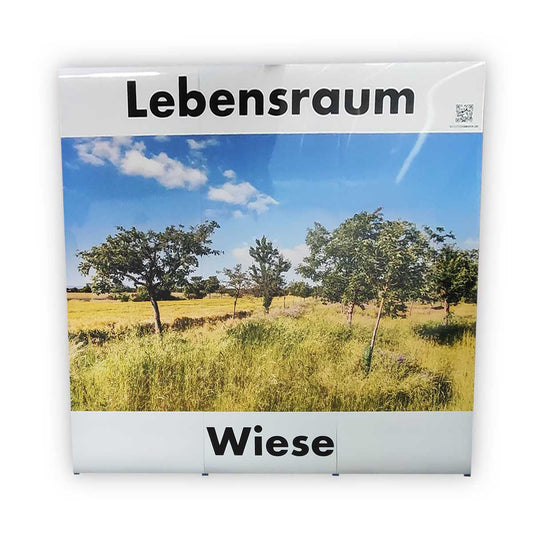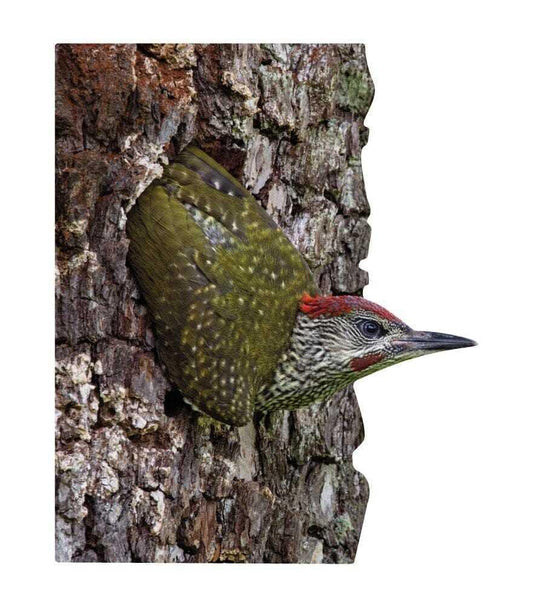
woodpecker
Woodpeckers are fascinating birds with unique adaptations that allow them to thrive in a variety of environments. From the vital role they play in insect control to their ability to nest by carving cavities in old trees, woodpeckers contribute significantly to the ecological health of their habitats. This fact sheet provides a detailed overview of woodpecker biology and ecology and highlights the importance of conservation efforts to preserve this important group of birds.
woodpecker Products
-
Animal display Great Spotted Woodpecker
Regular price From 19,90€Regular priceUnit price / per -
Starter set - "Black Forest"
7 reviewsRegular price From 399,90€Regular priceUnit price / per -
Animal display black woodpecker
Regular price From 39,90€Regular priceUnit price / per -
Animal display green woodpecker
Regular price From 19,90€Regular priceUnit price / per -
Animal set - forest animals
3 reviewsRegular price 359,90€Regular priceUnit price / per -
Extension set - "Black Forest"
Regular price From 319,90€Regular priceUnit price / per -
Animal display woodpecker - outdoor set
No reviewsRegular price 19,90€Regular priceUnit price / per -
Animal display Black Woodpecker - Outdoor Set
No reviewsRegular price 45,30€Regular priceUnit price / per -
Animal display Green Woodpecker - Outdoor Set
No reviewsRegular price 25,30€Regular priceUnit price / per -
Pop-Up Wall "Forest Habitat"
No reviewsRegular price 300,00€Regular priceUnit price / per -
Pop-Up Wall "Forest Habitat"
No reviewsRegular price From 1.200,00€Regular priceUnit price / per -
Animal display Green Woodpecker - young animal - outdoor set
No reviewsRegular price 25,30€Regular priceUnit price / per -
Animal display green woodpecker - young animal
Regular price From 19,90€Regular priceUnit price / per -
Animal set - forest birds
Regular price 329,90€Regular priceUnit price / per369,90€Sale price 329,90€Sale
Profile: woodpecker
-
Scientific classification
- Class: Aves (birds)
- Order: Piciformes (woodpeckers)
- Family: Picidae (woodpeckers)
- General species: Great spotted woodpecker (Dendrocopos major), Black woodpecker (Dryocopus martius), Green woodpecker (Picus viridis)
-
Physical characteristics
- Size: Body length from 14-47 cm, depending on the species
- Weight: 20-400 g, depending on the species
- Special features: Stocky build, powerful beak and specially adapted toes for climbing and hammering on tree trunks; most species display bright colors and patterns in their plumage.
-
Habitat and distribution
- Common regions: Widely distributed worldwide, from dense forests to urban areas
- Habitat: Prefers forests, but can also be found in parks and gardens, especially where old trees or wood are available
- Adaptability: High, some species have successfully adapted to urban environments
-
Nutrition
- Diet: Insectivores, mainly insects and their larvae; some species also eat juices, fruits and nuts
- Typical food: Ants, beetles, other small insects and their larvae that are found under the bark of trees
-
Reproduction and lifestyle
- Mating season: Spring
- Breeding season: early summer
- Nest type: Cavity nesters that breed in trees, often in self-made caves
- Number of eggs: 2-5 eggs per brood
- Social structure: Most woodpecker species are territorial and live isolated outside the breeding season
-
Lifespan and protection status
- Life expectancy: 5-11 years in the wild, depending on the species
- Endangered status: Many species are stable, some, such as the Iberian Green Woodpecker, are threatened
- Protection measures: protection of old forests and old tree stands, legal measures to protect their breeding grounds and habitats














